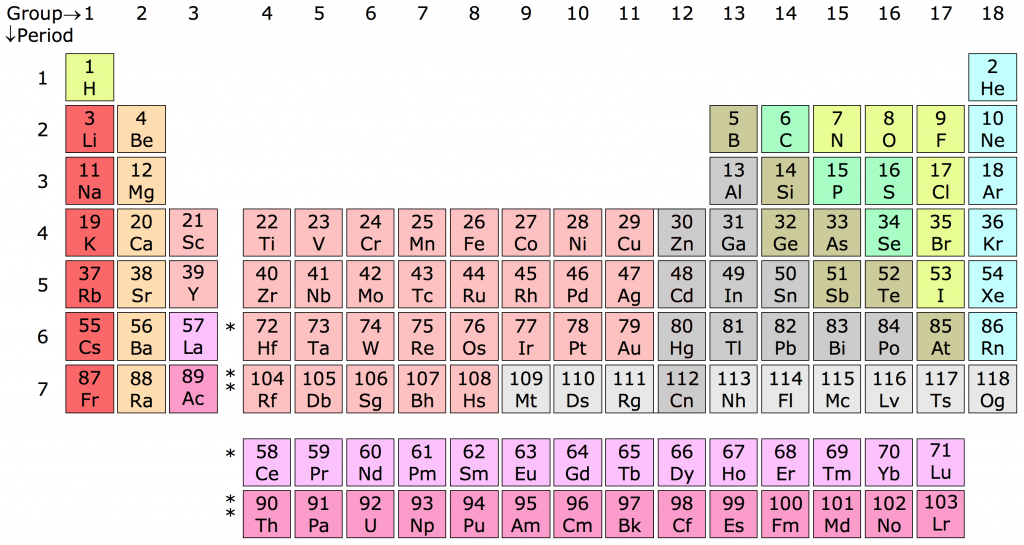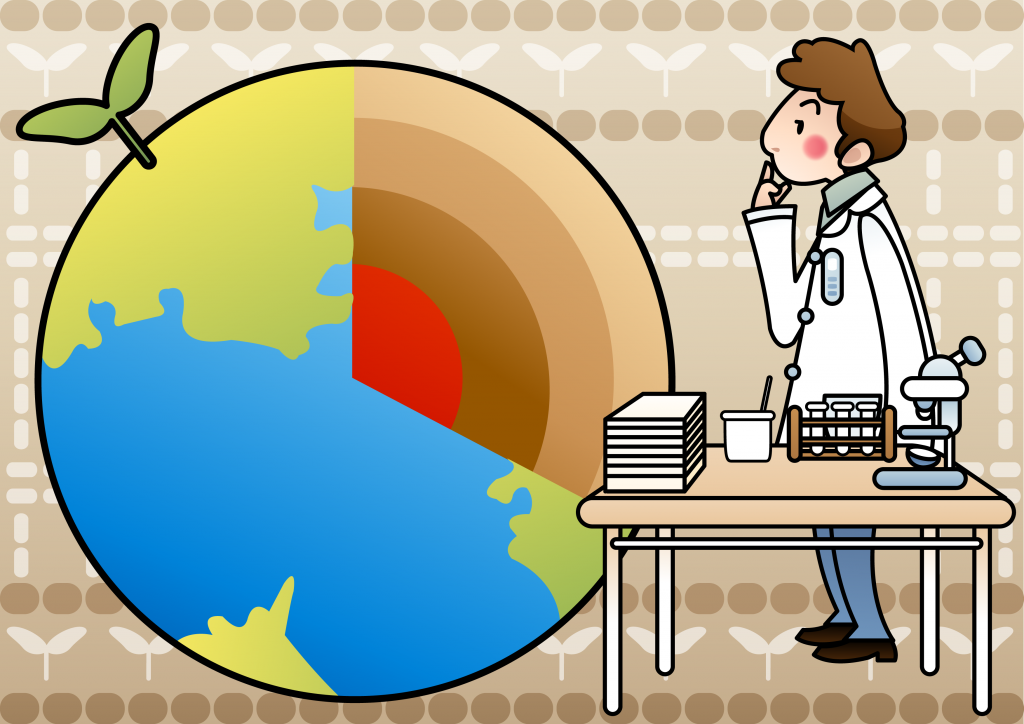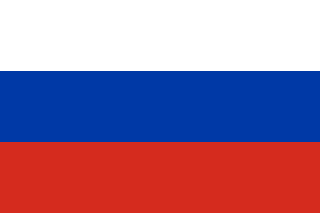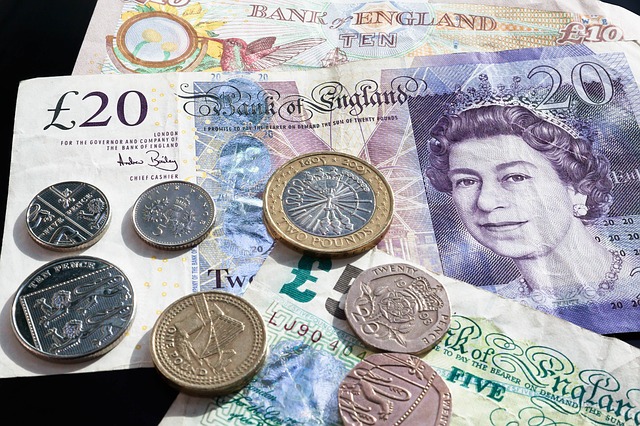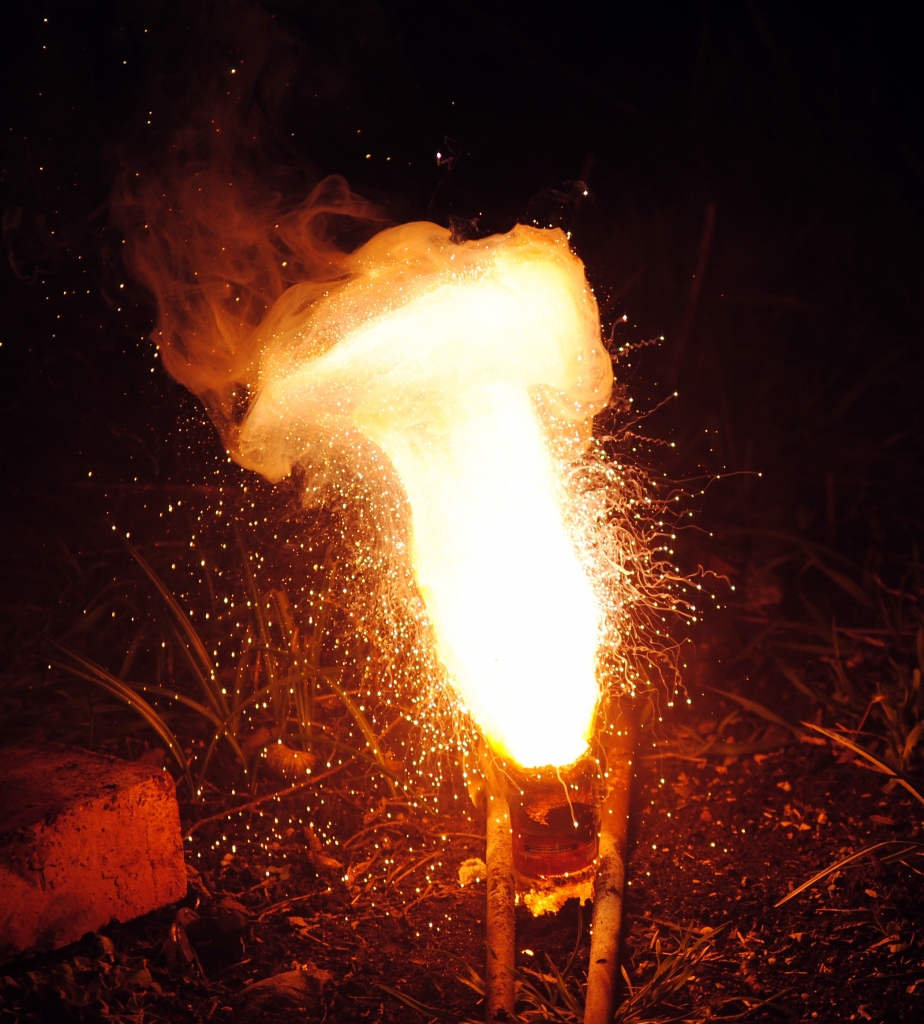Fun Platinum Facts
Platinum is a transition metal, found on the third row of the tenth column of the periodic table of elements.
The atomic number of platinum is 78, due to its possession of 78 protons, along with 78 electrons and 117 neutrons.
Let’s explore some fun facts about platinum!
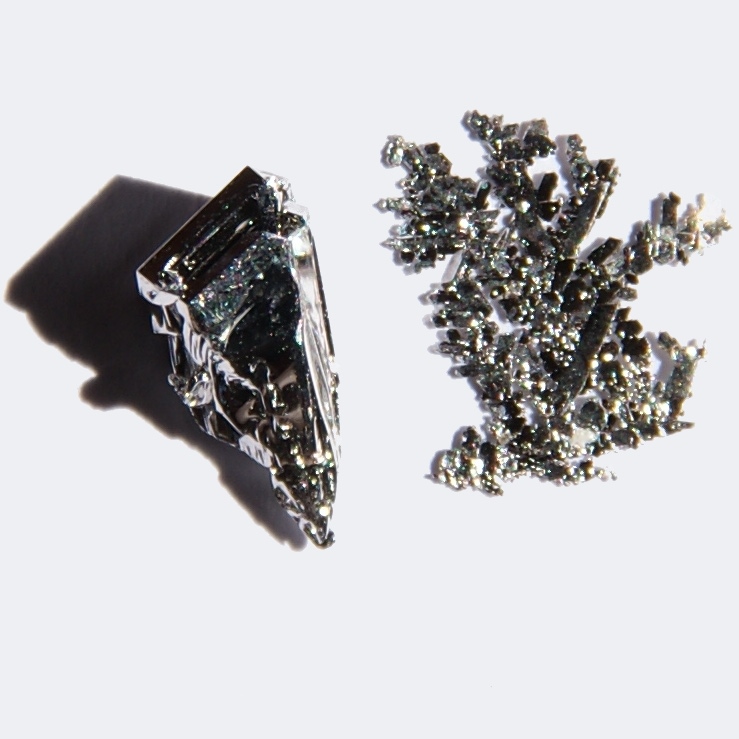
The chemical symbol for platinum is Pt, and its atomic weight is 195.08.
At room temperature, platinum appears as a solid, shiny metal. Its melting point is 1768 degrees Celsius, and its boiling point is 3825 degrees Celsius.
Thus, platinum can retain its structure and properties at quite high temperatures. Platinum is also considered a precious metal, in addition to silver and gold.
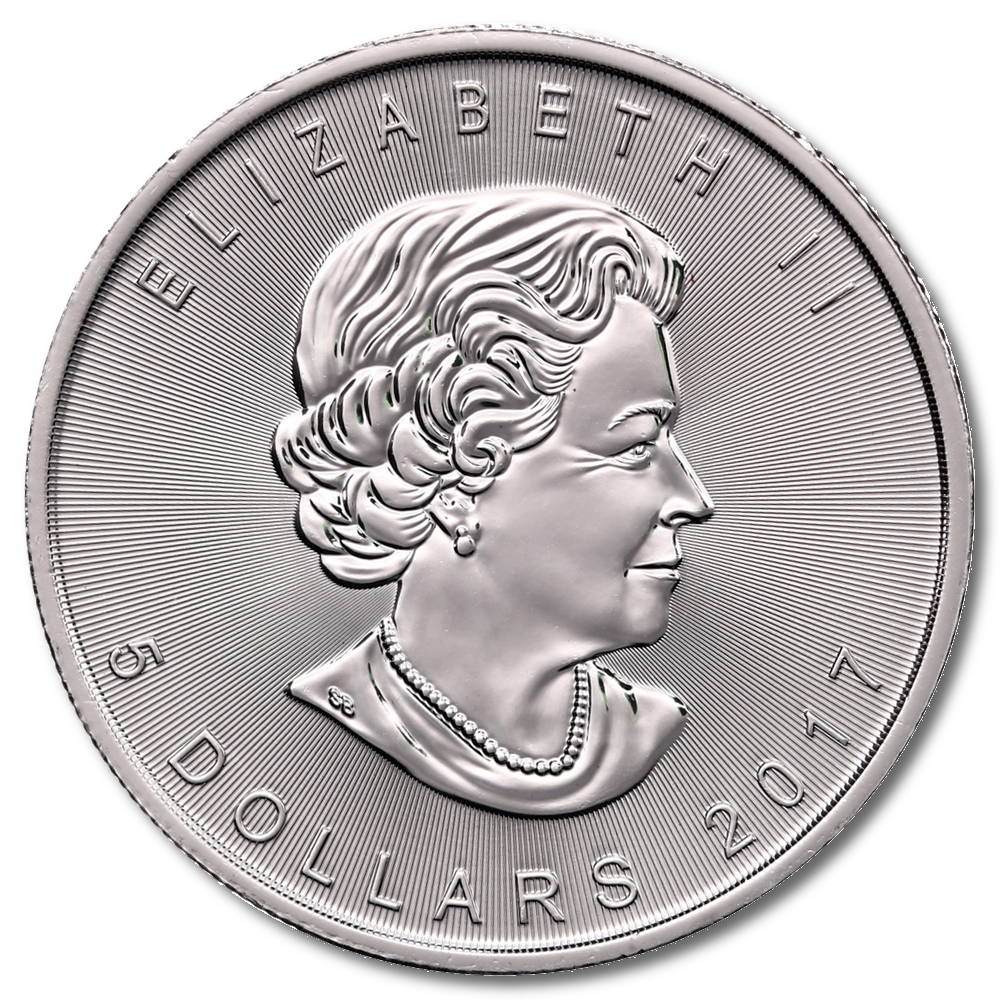
Characteristics and Properties
In its standard, most typical form, platinum is a solid but soft metal that comes in a shiny, gray, silver-ish type of color.
Platinum is known to be ductile, which means that it is malleable, moveable, and can be bent and shaped into things like wire or flat sheets.
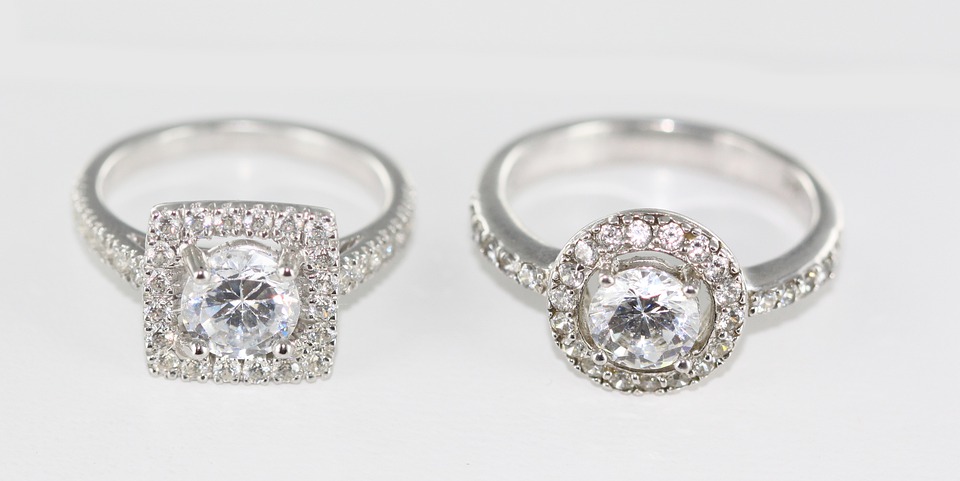
Platinum also resists corrosion and rust, and has very little reaction to elements such as oxygen and carbon dioxide when exposed to air.
It is also one of the most dense elements of the periodic table, with an extremely high melting point.
History
Interestingly, platinum was first discovered by the indigenous people of the South American continent before it was settled by Spain.
The artwork and jewelry made and used by these indigenous people included alloys, or combinations of platinum and gold.
The first chemist to successfully purify and isolate platinum into its pure, single elemental form was Englishman William Hyde Wollaston. He achieved this milestone in the year 1803.
Platinum, unlike most other metals, is difficult to be found among the minerals in the Earth’s outer crust layer. However, it can also be found in the earth in its pure form, although this is very rare.
Platinum is primarily found in compounds with other metals in the platinum-like group in the earth, and must go through a mining and purifying process in order to be found and distributed for use.
The two most frequent miners and distributers of platinum are South Africa and Russia.
How Platinum is Used Today
Because of its classification as a precious metal, one of the most common uses of platinum is to make jewelry, and sometimes to make coins and other currency.
Much of the modern platinum jewelry is pure platinum, rather than an alloy.
Another use of platinum is in special metals, abnormally strong magnets, medical tools, and dental tools. Much of these types of objects are made with platinum alloys.
Additionally, platinum is very commonly used to facilitate chemical reactions, and can be used in scientific research, along with industry work in the fields of automotive engineering and oil.
Platinum is the second most ductile of all of the pure metals; gold is the first.
This extreme malleability (softness) is what allows platinum to be hammered out into extremely thin sheets, sometimes as thin as 100 atoms in width.
Platinum was named for the Spanish word for silver “platina.”
Cool Quiz Time!
- Which column on the periodic table does platinum fall under?
- How does platinum appear at room temperature?
- What are three types of precious metals?
- Who discovered platinum?
Answers:
- The tenth column
- Solid, shiny metal
- Platinum, silver, and gold
- Indigenous people of South America

